In our continual search for new and unusual plants for our gardens we tend to forget, or to reflexively dismiss, the old, reliable standbys.
Rosemary needs no care, has no “down” season, and can last for decades. It is quite content to play a supporting role in any garden scheme and it comes in varied heights and habits.
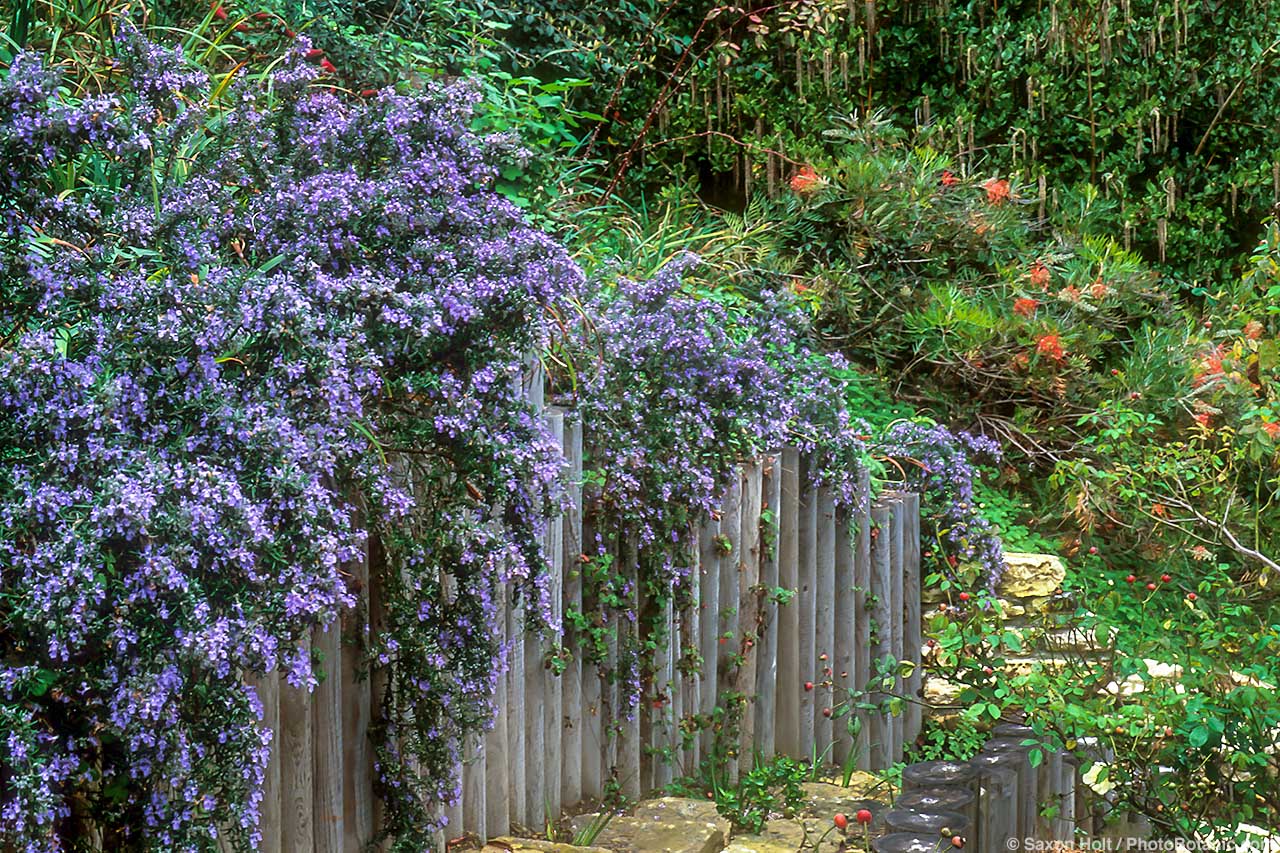
Salvia rosmarinus Prostratus Group cascades over walls
There are prostrate or cascading rosemaries as well as upright forms of many sizes. Flower color varies from pale or bright blue to pinkish lavender or even almost white. The fine-textured, intensely fragrant, needlelike leaves range from grayish green to a rich, dark green and are a perfect foil for bold, architectural plants with large, dramatic foliage. The masses of tiny flowers, from spring to early summer and often again in fall, are both subtle and striking wherever these low-impact plants are placed.
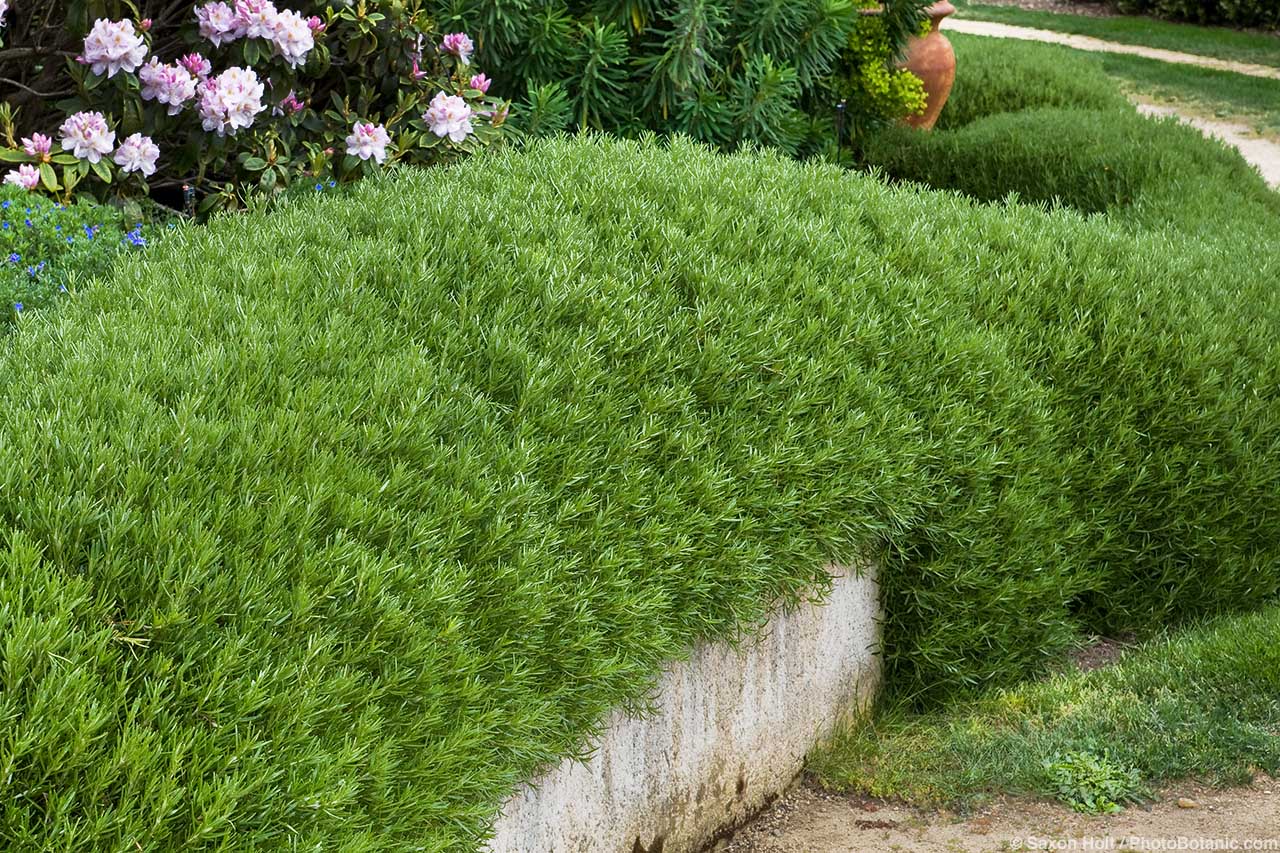
Some rosemaries can be gently pruned to form a low hedge
Rosemary is native to coastal cliffs and islands of the Mediterranean region from Spain to Greece and around the northern edge of the Black Sea. Upright selections, 5-8 feet tall, include ‘Blue Spires’, ‘Spice Islands’, and ‘Tuscan Blue’, all with dark blue flowers. Mid-height, semi-upright spreaders, good for bank covers, are ‘Collingwood Ingram’, ‘Ken Taylor’, ‘Mozart’, and ‘Santa Barbara Blue’, all with deep blue flowers. Nearly flat spillers, good for draping down walls, include ‘Huntington Carpet’, with pale blue flowers, ‘Irene’ (‘Renzels’) with lavender blue flowers, and the low-growing lookalikes known as Prostratus Group, with lavender blue flowers.
‘Arp’ and ‘Madalene Hill’ (‘Hill Hardy’, ‘Madeline Hill’), both upright to 3 feet tall, are said to be especially hardy. ‘Albus’ (‘Albiflorus’, ‘Lady in White’) has white flowers, and ‘Majorca Pink’ has flowers that are pink-tinged white or pale pink. ‘Capri’, about 1 foot tall, is an especially good candidate for containers.
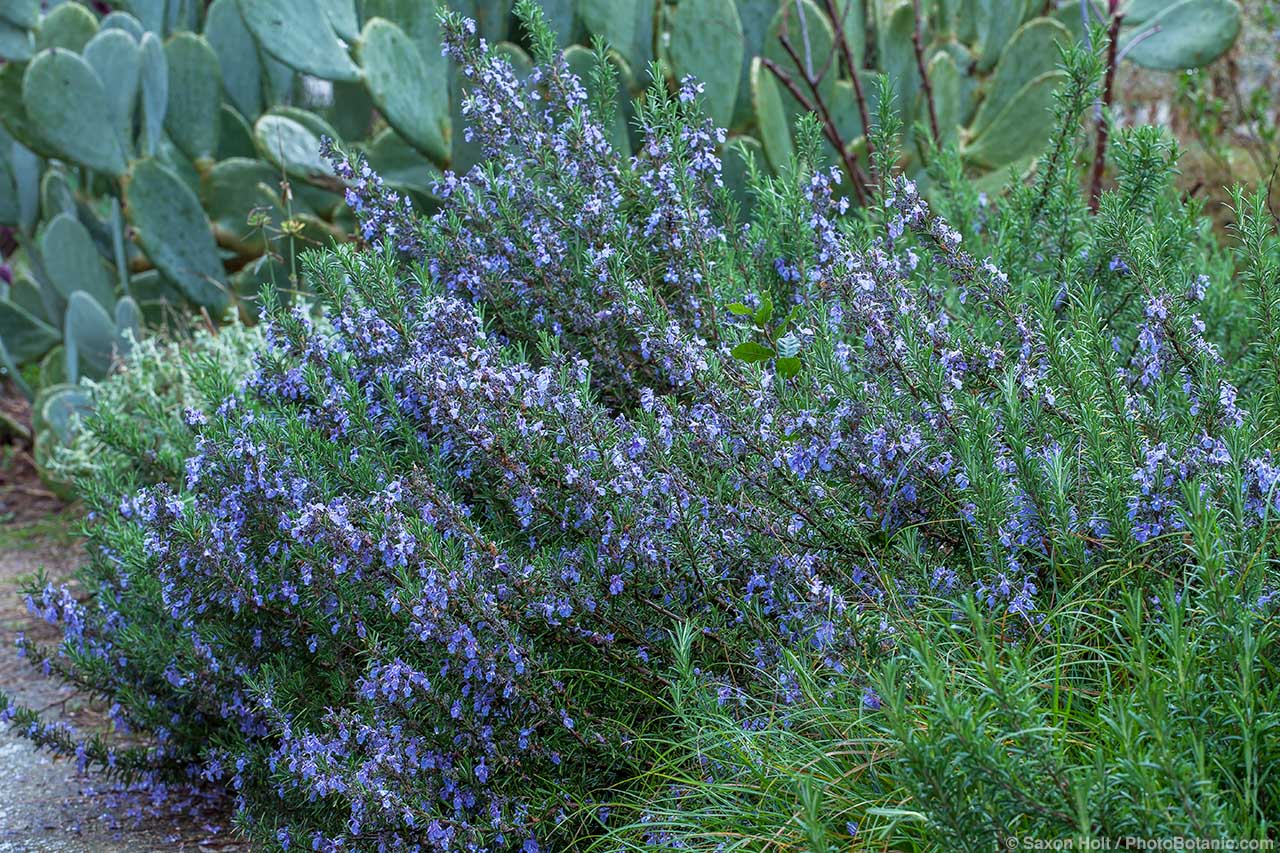
Salvia rosmarinus ‘Santa Barbara Blue’ at University of California, Davis
The scientific name of rosemary has been changed fairly recently from Rosmarinus officinalis to Salvia rosmarinus, and plants will be found with either or both of these names in nurseries and garden centers.
Rosemaries do best in full sun and well-drained soils with infrequent to no summer water. In fast-draining, sandy soils plants may need occasional summer water, but in any soil too much water can lead to their rapid decline.
Rosemaries work especially well with almost any low-water plants native to North America’s Pacific coast (such as sages or buckwheats or ceanothus) as well as with low-water plants native to other summer-dry climates of the world (e.g., rock roses, lavenders, yarrows, verbenas). Rosemaries are best grown on a slope, in a raised bed, or in other well-drained locations but often will do well in any sunny situation where summer water is withheld.



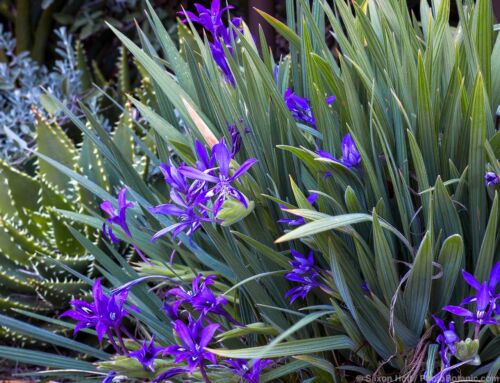
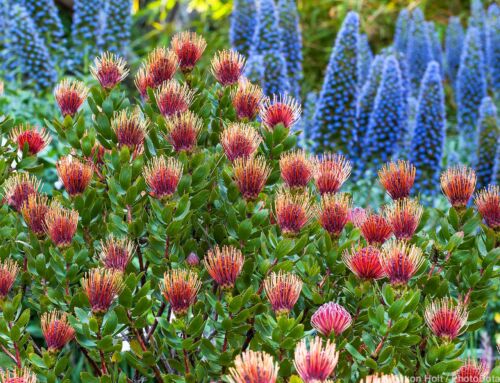
Leave A Comment